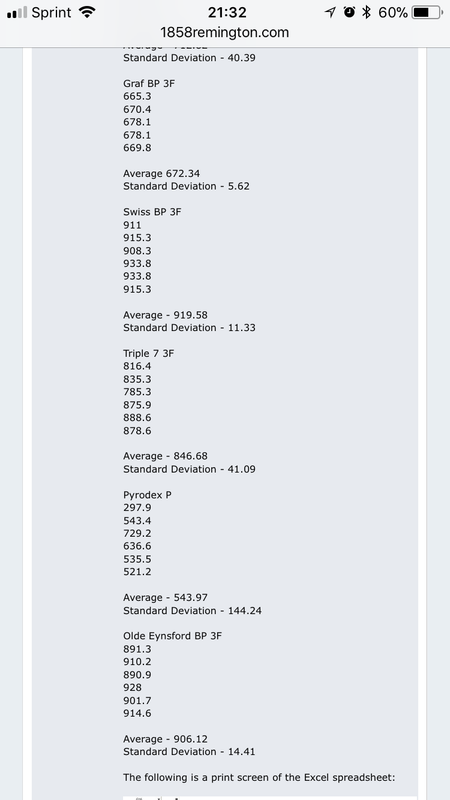Bokbefok
32 Cal
Excuse my ignorance. Is 20 grains by volume of 777or pyrodex equal to 20grains BP?
Thanks.
Thanks.


Yes but 777 has a bit more energy/velocity than black powder or pyrodex. About 20% more if my memory is correct.Excuse my ignorance. Is 20 grains by volume of 777or pyrodex equal to 20grains BP?
Thanks.

 image sharing sites
image sharing sitesAs far as I know, "grains" is a unit of weight - 7000 grains equals one pound. How do you measure something in "grains by volume"?
Because the black powder charges are measured with some sort of volumetric device, we commonly refer to the weight of the charge produced by the tube, scoop or whatever, as the charge in grains.As far as I know, "grains" is a unit of weight - 7000 grains equals one pound. How do you measure something in "grains by volume"?
Hodgdons web site, has a lot of good information that I did not know. All I can say is wow! I have been using pyrodex all wrong.
http://ns.hodgdon.com/loading.html


Enter your email address to join: